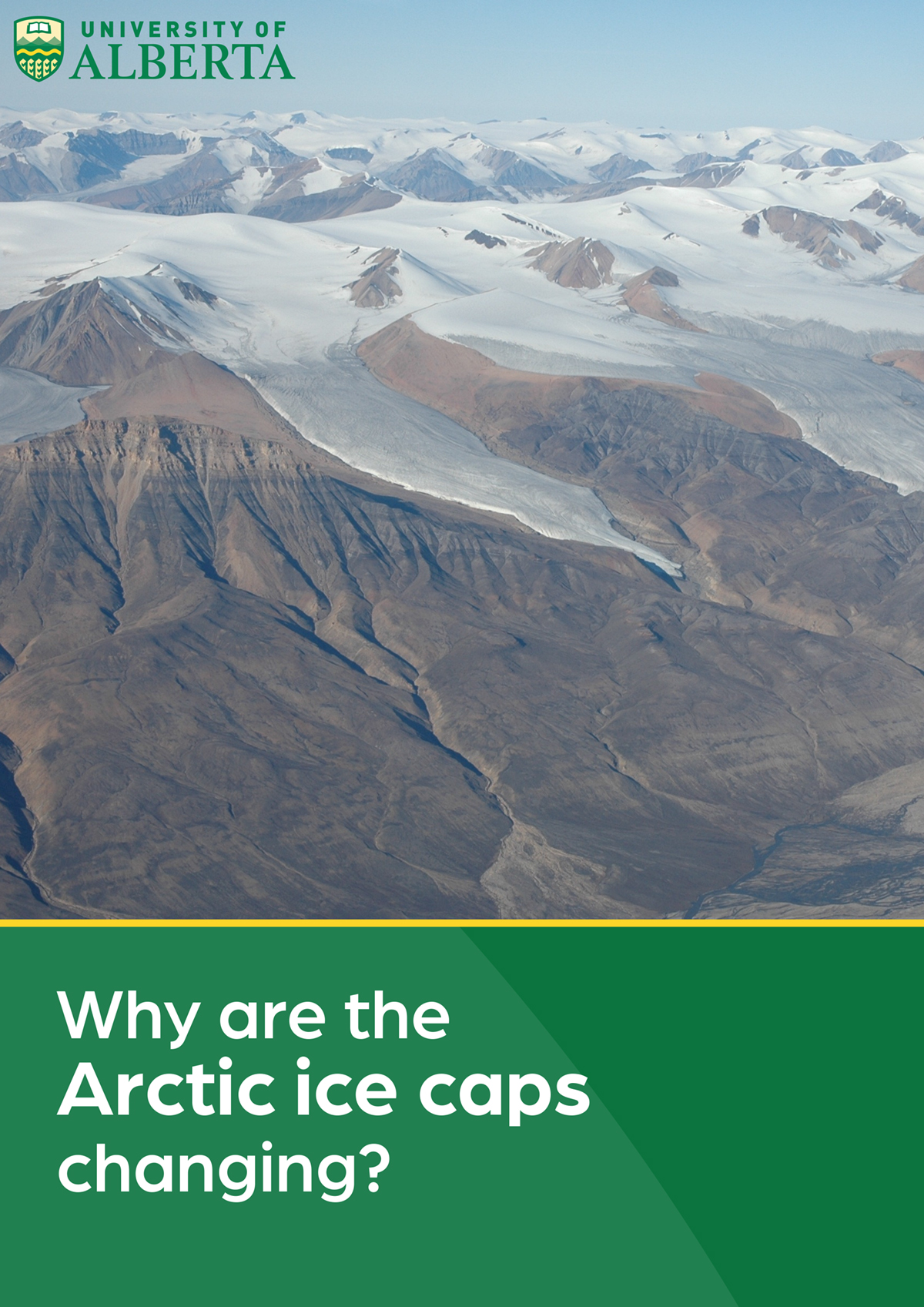Martin Sharp from the University of Alberta provides a compelling insight into the issue of precisely why the Arctic ice caps are changing
We also find out from the UK Polar Network Committee that we all foot the bill for a warmer Arctic in the fight against climate change.
Ice caps and glaciers across the Arctic are, by and large, losing mass more rapidly than they have done for the last 60 years, according to Martin Sharp from the University of Alberta. In this analysis, the author addresses the obvious question of ‘why this is happening?’ To answer this, he believes it is important to examine how the climate in the Arctic is changing, how climate variability can generate periods when rates of melting are unusually high, for example.
Here are some key highlights from this in-depth piece of analysis from Martin Sharp:
- Since the early 1960s, the Arctic has warmed in both the summer and winter months but the warming has been more rapid in the winter months than in the summer (when melting occurs at the glacier surface).
- The array of processes that contribute to ice cap melting also determine the rates at which Arctic glaciers are adding water to the global ocean and contributing to the rise in global mean sea level – one of the biggest potential hazards associated with global climate warming.
- Rapidly warming regions that contain large areas of glacier ice lose mass most rapidly. Not surprisingly, then, Greenland was by far the largest single source of meltwater runoff to the ocean in the Arctic, followed by Alaska and the Canadian Arctic Islands.
In a special bonus piece of content, Joseph Cook, Vice President of the UK Polar Network (UKPN) Committee argues that we all foot the bill for a warmer Arctic in the fight against climate change. In his opinion article, he argues that immediate, meaningful action is essential to avoid further exacerbating the social, economic and environmental stresses that are inevitably faced as the climate warms. In addition, he explains that Arctic warming costs us all dearly – a threatened landscape, sensitive and vulnerable to the stresses we place upon it by burning fossil fuels.


